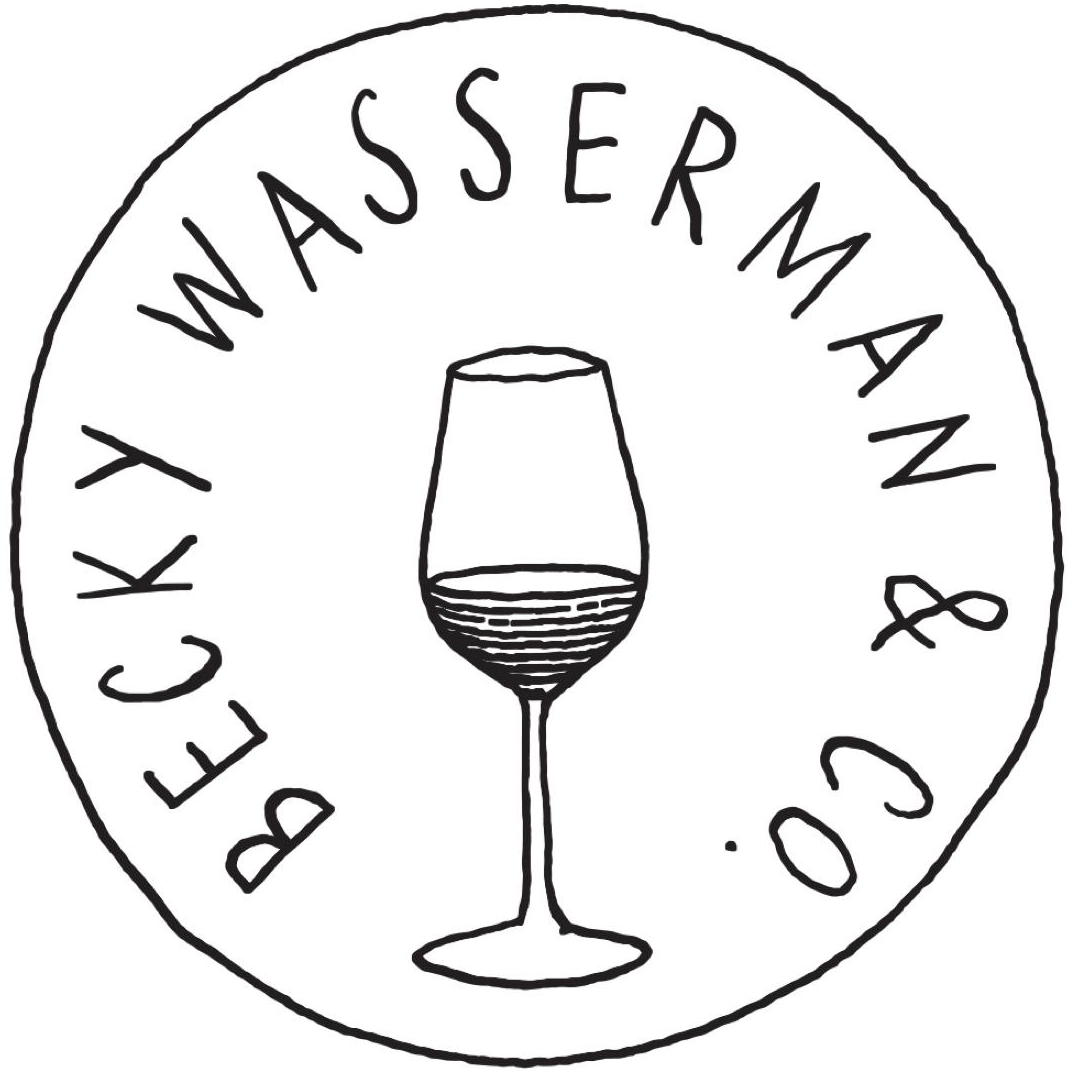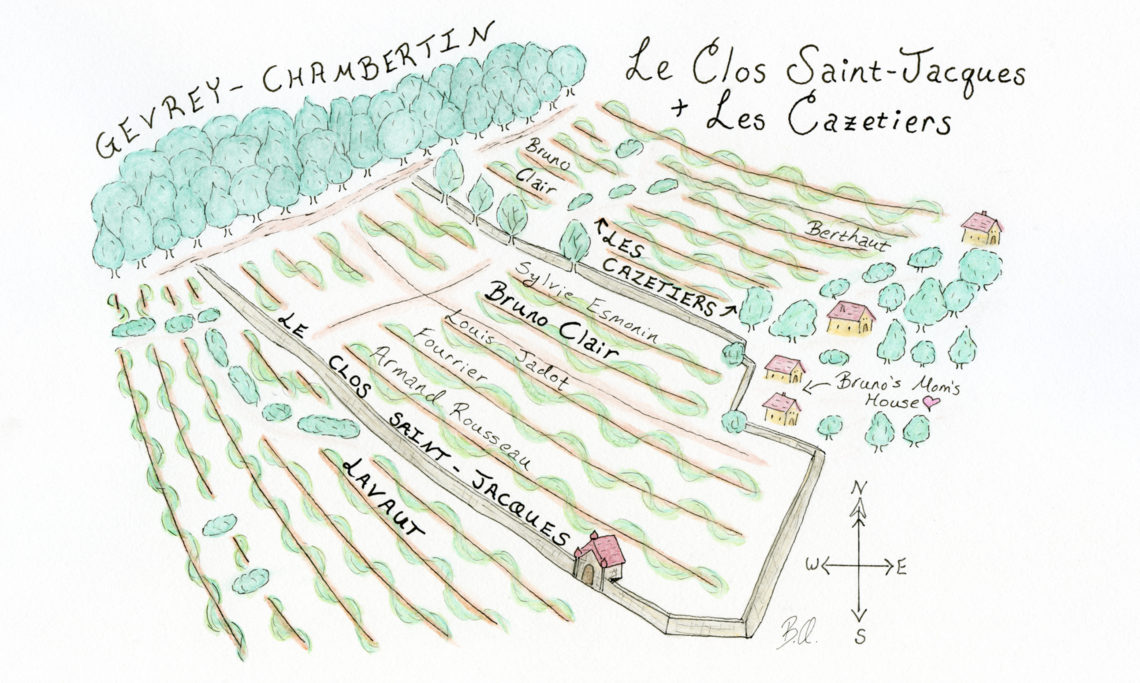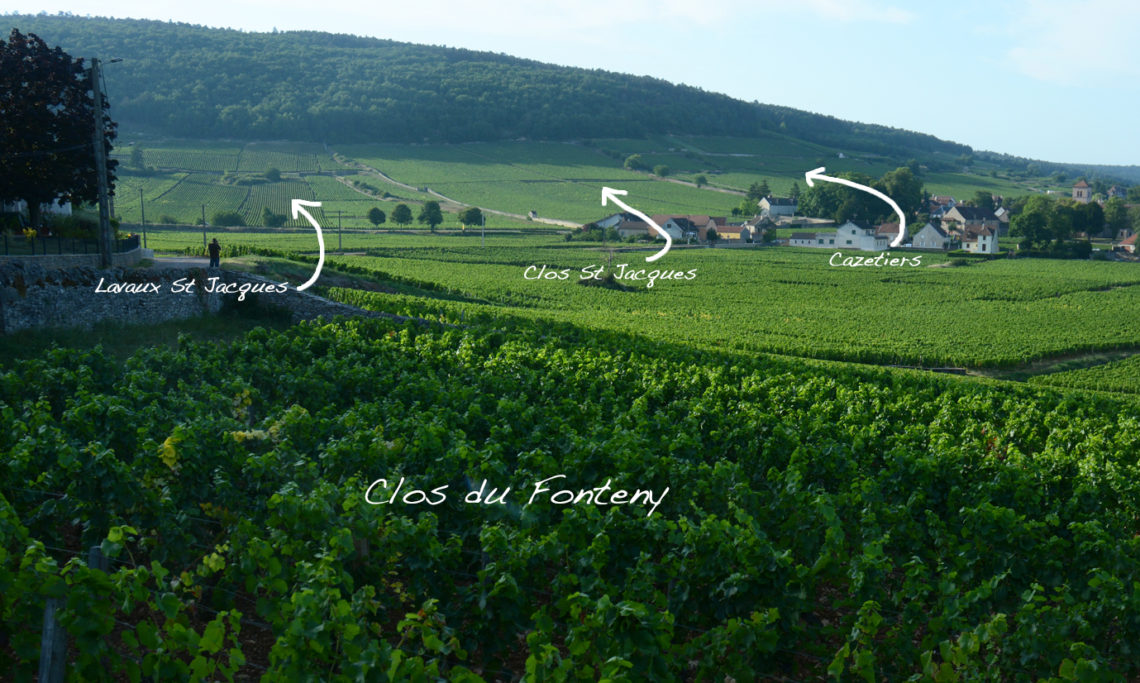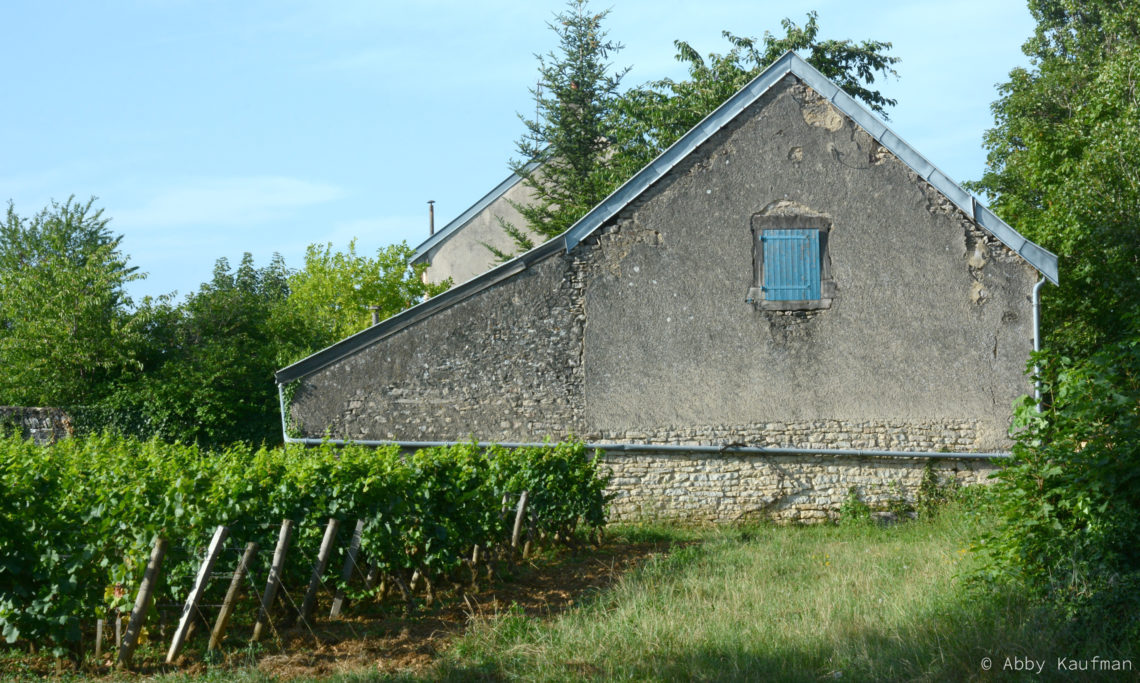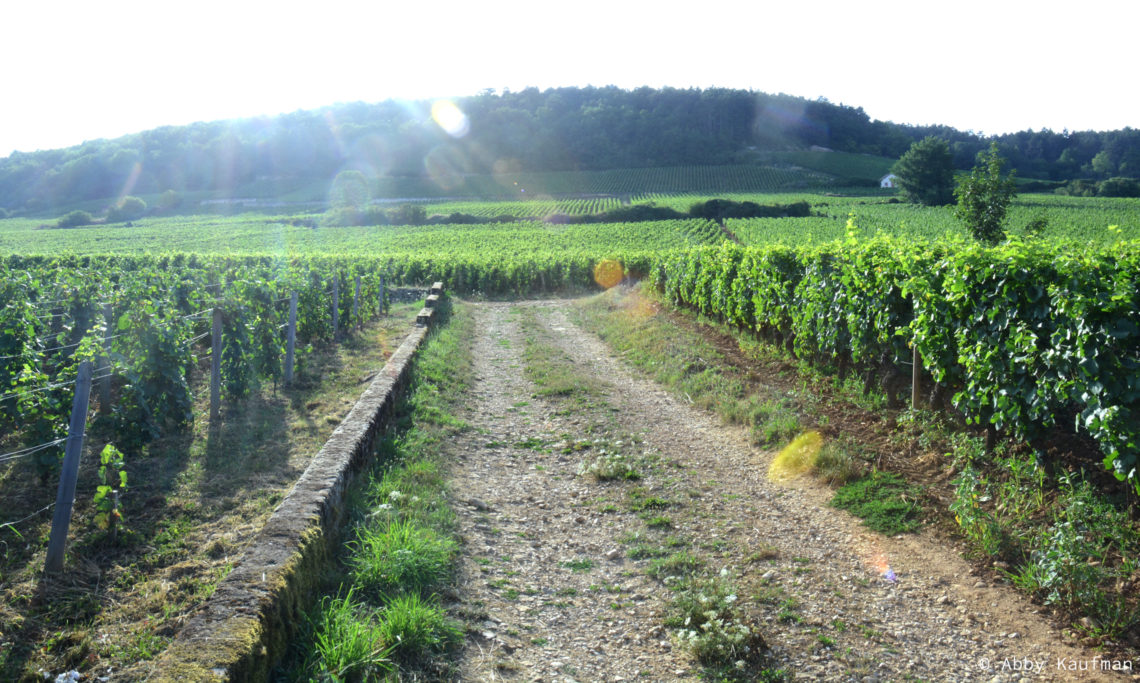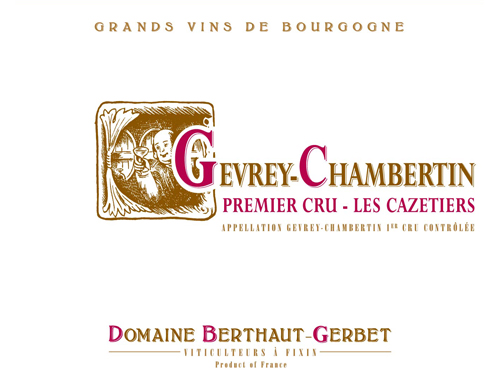Gevrey-Chambertin 1er Cru Les Cazetiers
At a Glance
- Size: 0.2 ha (0.6 ac)
- Variety: Pinot Noir
- Vine Age: Planted in 1944, 1986
- Terroir: Steep slope, facing east, limestone and marl soil.
- Viticulture: Sustainable
- Vinification: Partial (0-50%) whole cluster, cold macerated. Ambient yeast fermentation in concrete vat. 1-2 pump-overs per day with a few punch-downs at the end of fermentation. Malolactic fermentation and aging in barrels (30% new). No fining, no filtration.
Additional Info
Etymology: “For a while, people mentioned a derivation of the word castel, in reference to the position of the climat above the castle of Gevrey-Chambertin. According to Françoise Dumas, the more plausible explanation is that Cazetiers was derived from cassis, which would indicate the presence of wild cassis or red currant bushes.” — Charlotte Fromont, La Côte de Nuits au Grand Jour.
Site Description: Les Cazetiers is an 8.43 ha vineyard, located directly upslope from the village of Gevrey, at 300 to 355-meters elevation. This is a rather high elevation, the top of the vineyard being 50 meters higher than the top of Clos de Bèze, and 25 meters higher than the top of Vosne-Romanée les Reignots, for example.
Because Les Cazetiers is the northern neighbor of Clos Saint Jacques, it ought to be much more famous than it is. In fact, Bruno Clair, who owns both, prefers Les Cazetiers to Clos Saint Jacques. (His cellarmaster Philippe Brun prefers Clos Saint Jacques. Their bickering about this, and comparative tastings in the cellar, are always very entertaining.) However, all five owners of Clos Saint Jacques famously own sections of the vineyard that run the entire slope, making it one of the most consistent premier crus in the Cote d’Or. This is not at all the case with Les Cazetiers, where owners may have parcels anywhere on the slope, making the various examples of the vineyard heterogeneous.
Bruno Clair points out an interesting difference between Les Cazetiers and Clos Saint Jacques: In his cellar Les Cazetiers always has a higher pH (lower acidity). This translates into tasting, with Cazetiers always feeling like blacker fruit, and Clos Saint Jacques like redder fruit.
Nevertheless, just after Clos-Saint-Jacques, Les Cazetiers and Les Combottes are the best premiers crus of Gevrey. Jasper Morris ranks Les Cazetiers as an exceptional premier cru, slightly higher than Les Combottes, which he ranks as an outstanding premier cru.
Soil: The soil of Les Cazetiers is rich in heavy clay, as are the majority of the vineyards of Gevrey. It is rocky, with 45% to 20% gravels, cobbles, and even boulders, with the lower proportion at the bottom of the slope. At the top of the slope, the soil consists of stark white, completely decomposed marl, which the Burgundians call terres blanches. The soil becomes increasingly brown, to red brown as you go down the slope.
Bedrock: At the very top there is a thin band of ostrea acuminata marl. It is followed by an equally thin band of Crinoidal limestone, followed by a thicker band of Prémeaux limestone. This sandwich makes up the a third to half of the upper slope.
The central part of the slope and most of the remaining vineyard is on Crinoidal limestone again. The exceptions to this are a triangle at southeast corner which is on Prémeaux limestone and on hydraulic limestone; and a band at the the northeast corner, which is on soft, red, sandy marl.
The Berthaut-Gerbet parcel: Amelie’s parcel is 0.22 ha with vines planted in 1944 and 1986. It is located in the northeast corner of the vineyard, at 300-meters elevation, at the bottom of the vineyard. It faces just slightly south of east. It lies primarily on Crinoidal limestone, as does most of the vineyard. However, the lower portion of her parcel lies on the soft, red, sandy marl. The soils here are deep red in color with heavy clay. They contain 5-10% gravels and 5% cobbles and boulders. These large cobbles and boulders are variable in shape and size—from small rounded alluvial pebbles to large, flat laves (many of which were removed to form walls). “Gevrey silex” was identified here, indicating that the Combe de Lavaut is still influencing the vineyards, even at this distance.
With many thanks to geologist Brenna Quigley for her illustration, and for putting the physical and geologic aspects of these vineyards into words far more meaningful than we could have written on our own. https://www.brennaquigley.com
We are also greatly indebted to geologist Françoise Vannier of Adama Terroirs Viticoles who created the soil and bedrock maps for Fixin that Brenna based part her work on. www.adama-terroirs.fr
Wines
-
White
-
Red
- Bourgogne Rouge Les Prielles
- Bourgogne Hautes Côtes de Nuits
- Côte de Nuits-Villages
- Fixin Rouge
- Fixin Les Clos
- Fixin Les Crais
- Fixin En Combe Roy
- Fixin 1er Cru Les Arvelets
- Gevrey-Chambertin
- Gevrey-Chambertin Clos des Chezeaux
- Gevrey-Chambertin 1er Cru Les Cazetiers
- Gevrey-Chambertin 1er Cru Lavaux St. Jacques
- Chambolle-Musigny 1er Cru Les Plantes
- Vosne-Romanée
- Vosne-Romanée 1er Cru Les Petits Monts
- Vosne-Romanée 1er Cru Les Suchots
- Clos Vougeot Grand Cru
- Echezeaux Grand Cru
